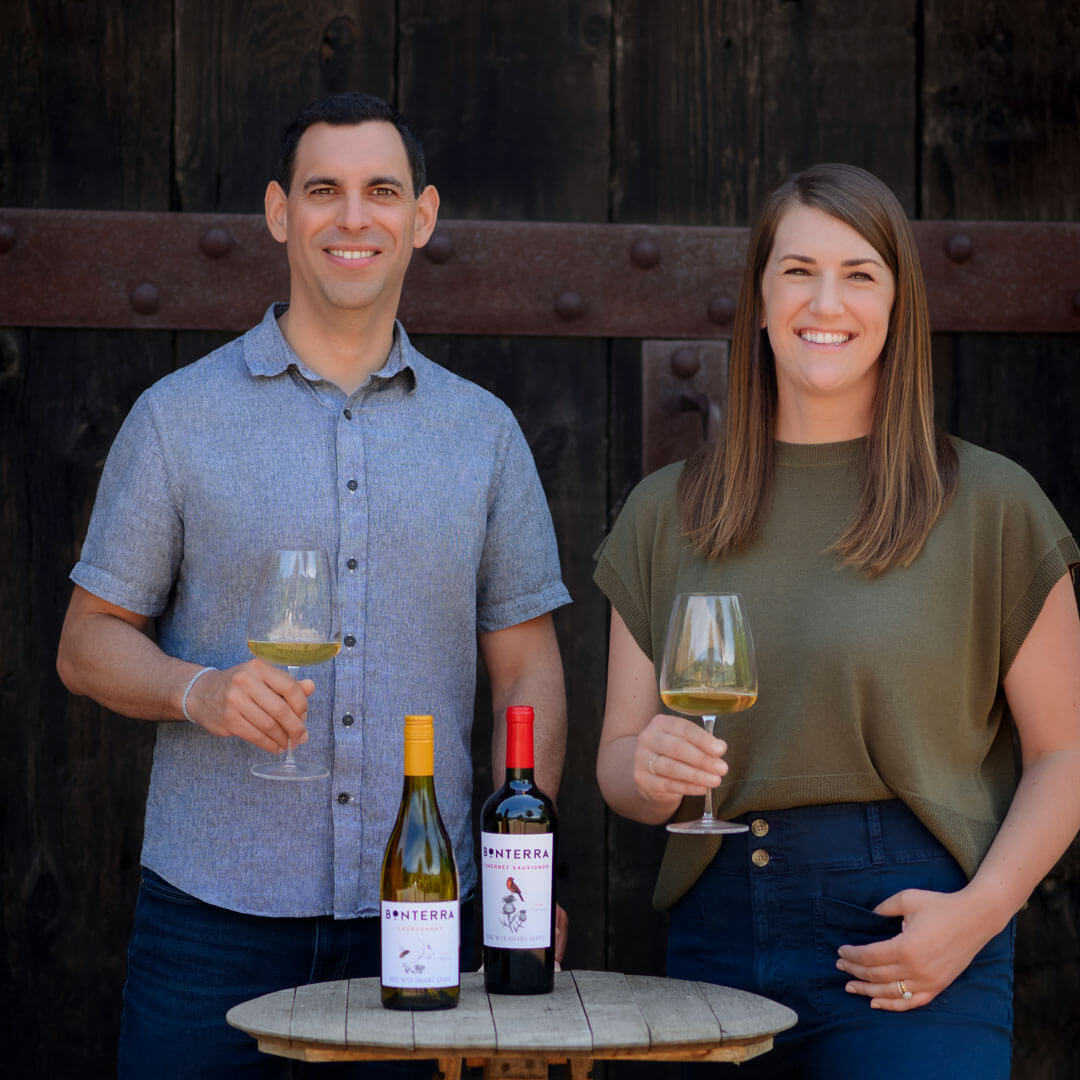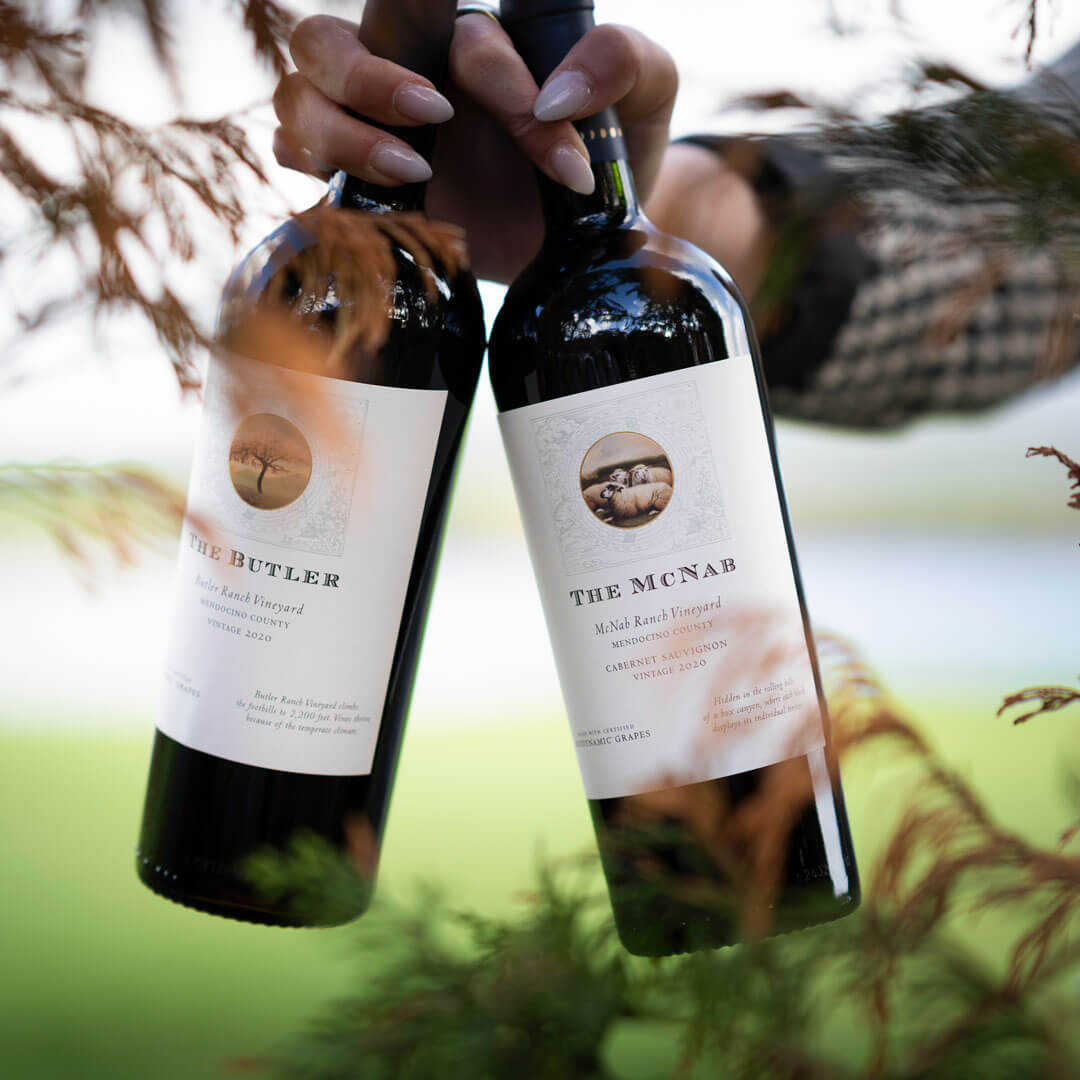Ever stood in the wine aisle, surrounded by labels that sound like poetry or code, and wondered what actually makes a wine “dry”? You’re not alone. Yet this fundamental concept is simpler than you might think, and mastering it opens the door to a world of crisp, refreshing wines that elevate everything from a Tuesday dinner to a weekend celebration.
So, what is a dry white wine? It’s a white wine in which the grape’s natural sugars have been almost entirely converted to alcohol during fermentation, leaving behind clean, bright flavors without residual sweetness. Think of it as wine in its purest expression, where terroir, technique, and time come together to create something both sophisticated and surprisingly versatile.
The Essence of Dry White Wine
Understanding dry white wine begins with clarifying what “dry” actually means in the wine world. Contrary to what many beginners assume, dryness has nothing to do with how the wine feels in your mouth. Instead, dryness refers specifically to the absence or relatively low amount of residual sugar—the natural grape sugars that remain unconverted after fermentation.
This distinction matters because a dry wine can still burst with fruit flavors. Our Sauvignon Blanc, for instance, delivers vibrant notes of citrus and kiwi while remaining technically dry. The bright fruit character comes from the grape’s natural aromatics and the wine’s fresh acidity, not from sweetness.
Many wine newcomers confuse dryness with bitterness or even the drying sensation that some oaked wines can create. A truly dry white wine should feel clean and refreshing, with crisp acidity that makes you want to take another sip. When a wine leaves your mouth feeling parched, that’s typically from tannins or excessive alcohol, not dryness itself.
The beauty of dry white wines lies in their versatility and food-friendliness. Without residual sugar masking the wine’s other characteristics, you can fully appreciate the subtle interplay of fruit, acidity, and minerality that reflects both the grape variety and the place where it was grown. If you’ve ever wondered what is a good dry white wine for cooking, these styles—especially Sauvignon Blanc, Pinot Gris, and unoaked Chardonnay– offer the crisp, clean profiles chefs and home cooks alike reach for.
Common Varietals of Dry White Wine
The world of dry white wine encompasses many beloved varietals, each offering its own personality and charm. While winemakers can produce wines across the sweetness spectrum from any white grape, certain varieties have become synonymous with the dry style, creating reliable options for those seeking crisp, refreshing pours. Let’s talk through different types of white wine:
Sauvignon Blanc
Sauvignon Blanc stands as perhaps the most recognizable dry white wine, beloved for its unmistakable character and consistent dryness across regions. This varietal typically delivers bright citrus notes—think grapefruit, lime, and lemon zest—often accompanied by distinctive grassy or herbaceous qualities that speak to the grape’s natural aromatics.
The grape’s naturally high acidity makes it an ideal candidate for dry wine production. From the mineral-driven expressions of Sancerre to the tropical and stone fruit-forward styles of California, Sauvignon Blanc maintains its essential dryness while showcasing remarkable regional diversity. Our Estate Sauvignon Blanc captures the essence of Mendocino’s terroir with notes of kiwi, melon, and fresh herbs. It’s the ideal way to meet the varietal at its most vivid and confident, with all the brightness and charm that keeps you coming back for another pour.
Whether you encounter the zippy, almost electric styles from cool climates or the riper, more tropical expressions from warmer regions, Sauvignon Blanc remains reliably dry. This consistency makes it an excellent choice for newcomers learning to identify dry wine characteristics and also a contrast to sweet white wines, which retain more sugar and typically have a much softer finish..
Chardonnay
Chardonnay offers perhaps the most diverse expressions within the dry white wine category, showcasing how winemaking choices can dramatically influence a wine’s character while maintaining its essential dryness. The key distinction lies between unoaked and oaked versions, each offering different pathways to understanding what is a dry white wine.
Unoaked Chardonnay presents the grape in its purest form—crisp, clean, and mineral-driven. These wines often display bright apple and citrus notes with a steel-like backbone of acidity that makes them undeniably dry. They’re ideal for those who prefer their white wines without the richness that oak aging can impart.
Oaked Chardonnay, while technically just as dry, can initially confuse beginners because the creamy, buttery textures from barrel aging can mask the wine’s inherent dryness. Our Bonterra Chardonnay, with its subtle oak influence and notes of pear, pineapple, and cantaloupe, demonstrates how oak can add complexity without compromising the wine’s dry character. The secret is knowing that creamy texture doesn’t mean sweet—these wines remain technically dry despite their luxurious mouthfeel.
Pinot Grigio
Pinot Grigio has earned its place as one of the most popular dry white wines for good reason. This varietal typically offers clean, straightforward flavors that make it exceptionally approachable for those new to wine. Most Pinot Grigio exhibits crisp acidity, light wine body, and subtle mineral notes that create an undeniably dry profile.
The grape’s tendency toward neutral flavors—think pear, apple, and citrus without overwhelming intensity—makes it an excellent choice for food pairing. Its reliable dryness and light character won’t compete with delicate dishes, while its crisp acidity can brighten richer preparations.
Whether you encounter the Italian Pinot Grigio style, the slightly richer Alsatian Pinot Gris approach, or balanced interpretations from Oregon’s Willamette or California (meet: Bonterra Pinot Gris), you can expect a consistently dry wine that showcases elegance through restraint.
How Dry White Wine Is Made
Understanding the winemaking process illuminates why certain wines achieve their characteristic dryness and how different techniques can influence the final product without affecting sugar levels. The journey from grape to glass involves several key decisions that shape a dry white wine’s ultimate character.
Fermentation and Sugar Conversion
The magic of dry white wine begins with fermentation, where microscopic yeast organisms consume the grape’s natural sugars and convert them into alcohol and carbon dioxide. This fundamental process determines whether a wine ends up dry, off-dry, or sweet. For dry white wines, fermentation typically continues until nearly all fermentable sugars have been consumed, usually leaving less than 4 grams of residual sugar per liter.
The timeline matters significantly. While some sweet wines halt fermentation early to preserve grape sugars, dry white wines allow this process to reach completion. Temperature control during fermentation also plays a crucial role—cooler fermentation temperatures help preserve the fresh fruit aromatics that give dry whites their appealing character without any residual sweetness.
Our winemaking team monitors fermentation closely, testing sugar levels regularly to ensure the finished wines taste reliably dry. This attention to detail ensures that our dry white wines achieve their characteristic crispness while maintaining the vibrant fruit flavors that reflect our organic, regenerative farming practices.
Winemaking Choices That Influence Dryness
Several winemaking techniques can influence how dryness is perceived without actually affecting sugar content. Aging wine on its lees—the spent yeast cells that settle after fermentation—adds texture and richness that can make a dry wine feel fuller in the mouth. This technique doesn’t add sweetness but can create a rounder mouthfeel that some might initially perceive as less dry.
Oak aging represents another influential choice. While oak doesn’t add sugar, it can impart vanilla, toast, or cream flavors that create richness and complexity. These flavors can sometimes mask a wine’s inherent dryness, especially for those new to wine tasting. Understanding this distinction helps appreciate how a wine can be both rich and dry simultaneously.
Malolactic fermentation, where sharp malic acid converts to softer lactic acid, can also influence the perception of dryness. This process softens acidity and can create creamy textures and butter notes, particularly in Chardonnay. While the wine remains technically dry, the softened acidity might make it seem less crisp than wines that undergo little or no malolactic fermentation.
How to Taste and Evaluate a Dry White
Developing confidence in recognizing what is a dry white wine comes through mindful tasting and trusting your palate. The beauty of wine appreciation lies not in memorizing technical terms but in developing personal awareness of how different wines affect your senses. Every palate is unique, and learning to identify dry whites is as much about personal discovery as it is about following guidelines.
Here’s what to look for when tasting a dry white wine:
- Visual Clarity & Color
- Look for pale gold or green-tinged hues with clear, bright appearance.
- Younger dry whites are usually lighter in color.
- Aged versions may show deeper golden tones.
- Slight haziness can appear in naturally made wines but doesn’t affect quality.
- Aromatic Profile
- Expect lifted aromas like citrus peel, stone fruit, delicate herbs, or cool minerality.
- These wines express elegance—not sweetness—on the nose.
- Swirl the glass gently and take a moment to notice what you smell.
- Taste & Texture
- Dry whites offer zippy acidity and a clean, refreshing finish.
- Bright fruit flavors appear without any cloying sweetness.
- Mineral notes often reflect the wine’s terroir.
- The wine should feel crisp, not heavy, leaving you wanting another sip, not water.
- Practice & Comparison
- Compare two dry white wines side-by-side to fine-tune your palate.
- Notice subtle differences in acidity, mouthfeel, and perceived dryness.
- Trust your own taste—it’s the most reliable guide in the long run.
Food Pairing Tips for Dry Whites
The versatility of dry white wines shines brightest at the table, where their bright acidity and clean flavors elevate everyday meals. Understanding how to pair these wines with food opens up countless possibilities for enhancing both the wine and the dish, creating delicious combinations that bring out the best in each.
Whether you’re serving oysters at golden hour or pairing grilled halibut with a side of midweek ease, dry white wines’ crisp acidity complements the natural brininess of fish and shellfish, bringing the whole plate to life. A crisp Sauvignon Blanc brightens grilled fish with herbs, while a mineral-driven Pinot Grigio enhances delicate preparations like poached sole. The key lies in matching the wine’s intensity to the dish—lighter wines with subtle preparations, more robust dry whites with richer seafood dishes.
Poultry and pork also pair beautifully with dry whites, especially when prepared with herbs, citrus, or cream-based sauces. The wine’s acidity cuts through rich preparations while complementing the proteins’ natural flavors. Consider how a well-structured Chardonnay can enhance roasted chicken with lemon and thyme, or how Sauvignon Blanc’s herbaceous character complements pork tenderloin with sage.
Vegetarian dishes offer exciting pairing opportunities for dry whites. Fresh salads with vinaigrette, grilled vegetables, and herb-driven preparations all benefit from the bright acidity these wines provide. Cheese-based dishes, from simple goat cheese tarts to complex gratins, find perfect partners in dry whites that can balance richness with refreshing acidity. The key is considering both the primary ingredients and the preparation method when selecting your wine.
Serving and Storing Dry White Wine
Proper serving temperature transforms the experience of dry white wine, revealing the delicate balance of flavors and aromatics that define these wines. While the general guideline suggests chilling white wines, the specific temperature range can significantly impact how you perceive a dry white wine’s character and complexity.
Most dry white wines shine when served between 45-55°F, though different styles benefit from slight variations within this range. Lighter wines like Pinot Grigio and Sauvignon Blanc typically prefer the cooler end of this spectrum (45-48°F), which preserves their crisp, refreshing character. Full-bodied dry whites like Chardonnay can handle slightly warmer temperatures (50-55°F) that allow their more complex flavors to fully express themselves.
Over-chilling represents a common mistake that can mute the very flavors you’re hoping to enjoy. When a wine is too cold, its aromatics become subdued and its flavors compressed. If you’ve stored your wine in a standard refrigerator, consider removing it 10-15 minutes before serving to allow it to reach optimal temperature.
For storage, unopened dry white wines prefer cool, dark conditions away from temperature fluctuations. Most dry whites are designed for near-term consumption and don’t require extensive aging, though some premium examples can develop beautifully over several years. Once opened, dry whites typically maintain their character for 3-5 days when stored in the refrigerator with a proper wine stopper to minimize oxidation.
Embrace Dry White Wine with Bonterra
At Bonterra, our approach to crafting dry white wines that are deliciously flavorful reflects our commitment to organic farming and sustainable winemaking practices that honor both the grape and the land. Our organic winery produces dry whites that showcase the pure expression of grape and terroir, free from synthetic interventions that might mask the wine’s natural character.
Whether you’re drawn to the bright citrus and kiwi notes of our Sauvignon Blanc or the elegant pear and tropical fruit character of our Chardonnay, each bottle tells the story of mindful farming and careful winemaking. We invite you to discover how organic practices create dry white wines of exceptional clarity and character—wines that honor both tradition and innovation in every crisp, refreshing sip.
Understanding what is a dry white wine opens the door to a lifetime of wine discovery. From casual weeknight dinners to special celebrations, these versatile wines offer endless opportunities to enhance life’s moments, both ordinary and extraordinary. Take a look at our collection to find wine online including dry whites that suit your style, and consider joining our wine club for regular shipments including this style.
It may be called dry, but we promise the experience is anything but. From quiet dinners to moments worth toasting, these wines bring just the right lift.
REFERENCES
Wine Enthusiast. (n.d.). What exactly is a dry white wine? Wine Enthusiast. https://www.wineenthusiast.com/basics/drinks-terms-defined/what-exactly-is-a-dry-white-wine/
Robinson, J. (n.d.). Residual sugar. JancisRobinson.com. https://www.jancisrobinson.com/ocw/detail/residual-sugar
Wine & Spirit Education Trust (WSET). (2021, December 14). What is wine? WSET Global. https://www.wsetglobal.com/knowledge-centre/blog/2021/december/14/what-is-wine/




